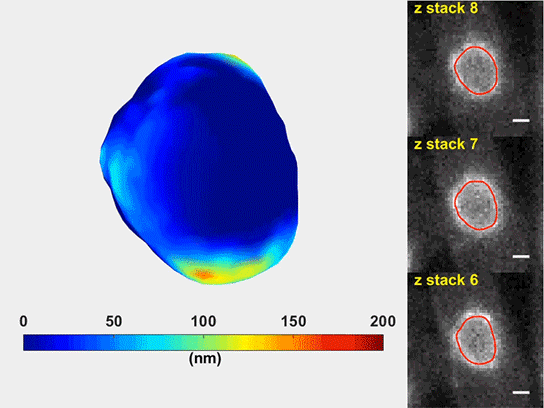
Now Yale researchers show how mechanical forces play an integral part in cell function. Credit: Yale University
New research from Yale University reveals how mechanical forces play an integral part in cell function.
Nuclear membranes protect genes — life’s most precious cargo — but little is known about why they function in different tissue types. For instance, nuclei in brain cells tend to be soft and pliable while those in bone cells are stiff and rigid. Now Yale researchers show how mechanical forces play an integral part in cell function for good and bad.
Using “optical tweezers” to pull on nuclei, the Yale team showed that if chromatin — the material that makes chromosomes — is detached or untethered from the nuclear membrane, then the nucleus undergoes unusually large changes in shape as seen in the accompanying movie. (Nuclear deformations are highlighted in yellow and red).
Intriguingly, say the researchers, these cells do not revert back to a spherical shape as happens normally in cells in which chromatin is attached to the membrane. Regulation of nuclear shape is crucial for cells to operate in different environments, the authors say.
“If you push on a single rubber ball, it will simply roll away in response — similar to what happens to nuclear shape when chromatin can move freely. But if you pack rubber balls together, then they have nowhere to move — as when chromatin is tethered — they push back against the force instead,” said Yale’s Megan King, a lead author of the study which appears in the June 15 issue of Nature Communications.
Yale’s Simon Mochrie is co-author of the study.
How nuclear membranes change shape is of fundamental biological importance in determining the eventual fate of cells and when it goes awry has been implicated in diseases such as muscular dystrophy.
Reference: “The tethering of chromatin to the nuclear envelope supports nuclear mechanics” by Sarah M. Schreiner, Peter K. Koo, Yao Zhao, Simon G. J. Mochrie and Megan C. King, 15 June 2015, Nature Communications.
DOI: 10.1038/ncomms8159

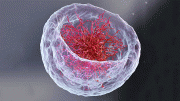
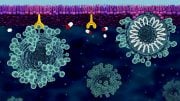

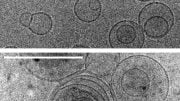
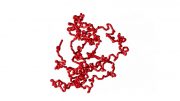


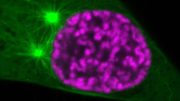
Be the first to comment on "Researchers Show How Mechanical Forces Affect Cell Function"